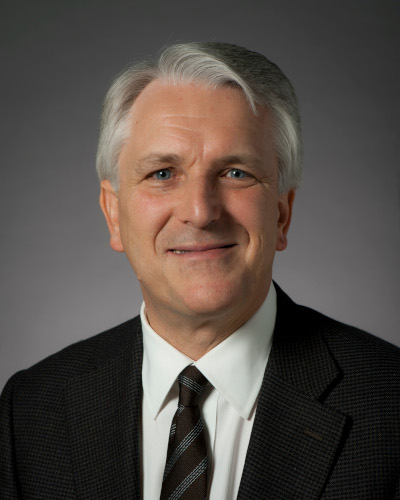


The Morbée paper is interesting and has been performed diligently although the results need to be interpreted carefully. The data was prospectively gathered with patient consent and the observational exercise performed retrospectively. The two most important things to note are:
Minor concerns are:
The sCT example images of incidental findings in this manuscript are truly impressive for their resemblance to conventional CT. Many of the incidental findings are degenerative and/or innocuous raising questions regarding impact on patient management and whether the additional scan time and costs are justified.